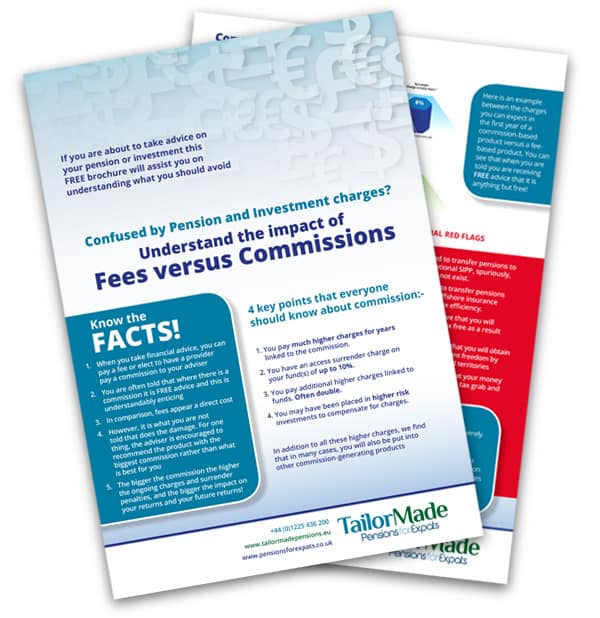It’s been a year of nauseating stock market volatility, record inflation, and fluctuating interest rates so many retirees are scrambling to find any last-minute means to save on taxes. As November fast approaches, advisers say there’s still time for you to reduce your 2022 tax liability.
Recognize long-term capital gains on your investments and pay no US federal taxes
“Tax-Gain Harvesting” is when you sell a security at a gain. According to the American Association for Retired Persons (AARP), if you’ve held that security for more than one year, the federal government taxes it as a long-term capital gain. That tax rate happens to be at 0% for married couples filing jointly with up to $83,350 in taxable income, or a single taxpayer with up to $41,675 in taxable income.
Since the 2022 standard deduction is $25,900 for married filing jointly ($12,950 for singles), this means a married couple filing jointly can earn at least $109,250 ($54,625 for singles) and not pay federal income taxes on these long-term capital gains.
Say you are married filing jointly and have $80,000 in income before taking the standard deduction. You own a low-cost stock index fund with a large unrealized long-term capital gain that you don’t want to sell. AARP advises: Do it anyway.
If you sold enough to recognize a long-term gain of $29,250 (to get you to that $109,250), you pay no federal long-term capital gains tax. And as soon as you sell, you can immediately buy it back again. You don’t have to wait 31 days as there is no wash-gain rule — there’s only a wash-loss rule. When you sell securities with losses and recognize capital losses to offset gains in tax-loss harvesting, you can’t buy that same security back for the next 30 days or the IRS disallows that loss in what they call a wash sale. This waiting period does not apply to tax-gain harvesting.
AARP says the reason you do this is that it resets the cost basis to that higher price, and you’ll have less of a gain when you later sell it to live on the proceeds. Your income may be much greater in future years if you’ve delayed taking Social Security (typically the right thing to do) and will later have to take the required minimum distributions from your IRA and 401(k) accounts.
Consider Roth IRA conversions
A Roth IRA conversion shifts money from a traditional IRA or a qualified employer-sponsored retirement plan into a Roth IRA. Experts say these conversions are ideal for people who want tax-free investment earnings, lower taxable income in retirement, or don’t want to bother with required minimum distributions.
“With the markets down significantly this year, investors are looking at Roth individual retirement account conversions to transfer their pre-tax IRA funds to a Roth IRA for future tax-free growth,” said Chris Lean, Investment Director, Aisa International. “Paying an upfront tax bill is sometimes the better option for retirees.”
Experts say a Roth IRA conversion is a good tax-savings choice if you want:
- your investment earnings to grow tax-free.
- the ability to lower your taxable income in retirement.
- to avoid your retirement tax rate being higher than it is now.
- to avoid required minimum distributions (which the IRS mandates at age 72 from a traditional IRA).
Charitable giving for retirees
Charitable donations may play a big role in your retirement tax planning. One strategy to fulfill your philanthropic needs while also saving money is by using Qualified charitable distributions (QCDs). QCDs are direct transfers from your IRAs that may reduce your adjusted gross income and can satisfy yearly required minimum distributions (RMDs) rather than counting as an itemized deduction.
“Generally, a qualified charitable distribution is an otherwise taxable distribution from an IRA owned by an individual who is age 70½ or over that is paid directly from the IRA to a qualified charity,” Lean said. “The upside is that your qualified charitable distributions can satisfy all or part of the amount of your required minimum distribution from your IRA.”
QCDs count toward RMDs, which will start at age 72 for most people. So, if those required distributions force you to withdraw more than you need, a QCD will reduce the amount you have to withdraw for yourself. Also, unlike most distributions from a traditional IRA, the amount of your QCD doesn’t count as taxable income. That means you can make the donation and essentially get a tax break for it, and then you can still take the standard deduction since you don’t have to itemize the QCD amount.
The views expressed in this article are not to be construed as personal advice. You should contact a qualified and ideally regulated adviser in order to obtain up to date personal advice with regard to your own personal circumstances. If you do not then you are acting under your own authority and deemed “execution only”. The author does not accept any liability for people acting without personalised advice, who base a decision on views expressed in this generic article. Where this article is dated then it is based on legislation as of the date. Legislation changes but articles are rarely updated, although sometimes a new article is written; so, please check for later articles or changes in legislation on official government websites, as this article should not be relied on in isolation.
Related Stories:
- PART 1: How Will You Pay Yourself in Retirement?
- Charitable Giving Strategies for Retirees
- Retirement Planning Includes These Important Ages
- Retirement Planning: Consider Cash Flow in Addition to Accumulation
- National Savings and Investments (NS&I)
Share this story






